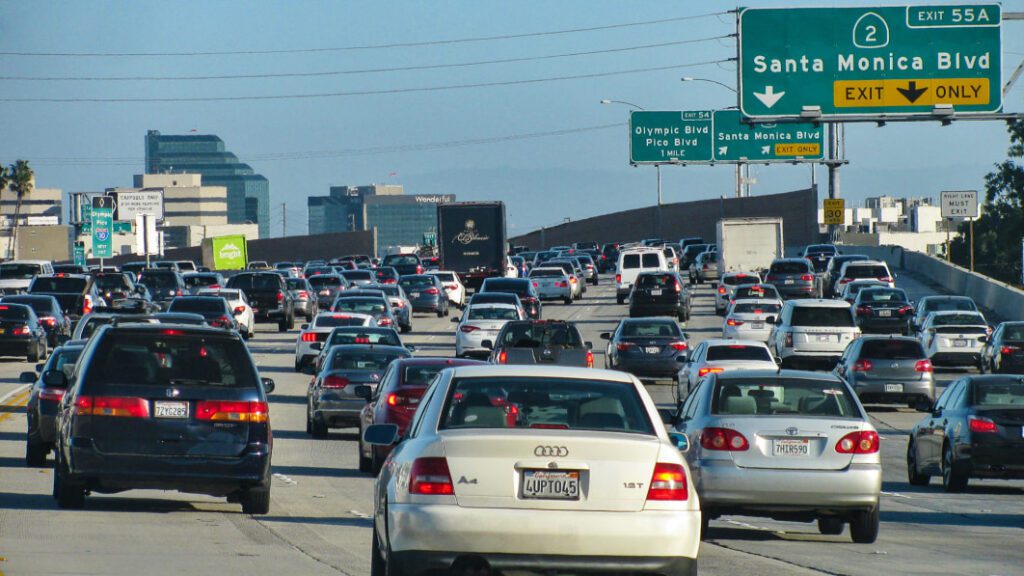These are the most and least expensive states for car repairs

Everything is more expensive now, and that includes car repairs. Labor shortages, parts and supply chain disruptions, and inflation have collided, creating a perfect storm of high maintenance costs for car owners. NetCredit, a personal loan and financing company, recently released its findings for the most expensive and least expensive states for car repairs, and the numbers are discouraging but not all that surprising.
California, one of the most expensive states in the U.S. overall, had the highest repair costs, at 12.17% above the national average. West Virginia was the lowest, at 18.97% below average.
The 10 most expensive states for car repairs:
California: +12.17%
Hawaii: + 11.89%
Florida: +8.13%
Maryland: +7.99%
Nevada: +6.11%
New Jersey: +5.61%
Arizona: +5.32%
Washington: +3.37%
Massachusetts: +2.02%
Oklahoma: +1.29%
The 10 least expensive states for car repairs:
West Virginia: -18.97%
Wyoming: -18.82%
Vermont: -18.49%
Montana: -16.89%
South Dakota: -16.3%
Alaska: -15.88%
Maine: -15.20%
North Dakota: -13.76%
Arkansas: -11.13%
New Mexico: -10.34%
Unsurprisingly, California cities dominated the list of the most expensive urban areas for car repairs. Two towns in Texas, Amarillo and Laredo, were the least expensive areas.
NetCredit noted that new car prices have climbed, causing buyers to gravitate toward older used models, which require more repair. At the same time, new cars are increasingly complex, leading to greater repair costs for driver assistance systems and other tech features.
The company used data from RepairPal to compare costs for the 10 most common car repairs for a 2021 Honda Accord sample car.
While your mileage may vary depending on the type of car you drive, you can save yourself repair headaches with a few simple practices:
First, keep up with routine maintenance such as oil changes, tire rotations, and brake services. Regular care can prevent more severe issues down the road.
Pay attention to the way you drive and avoid aggressive acceleration and braking.
Finally, while it’s true that keeping an older car on the road is often cheaper than buying a new one, you need to be ready to cut your losses when repair costs start climbing due to a deteriorating older vehicle.



